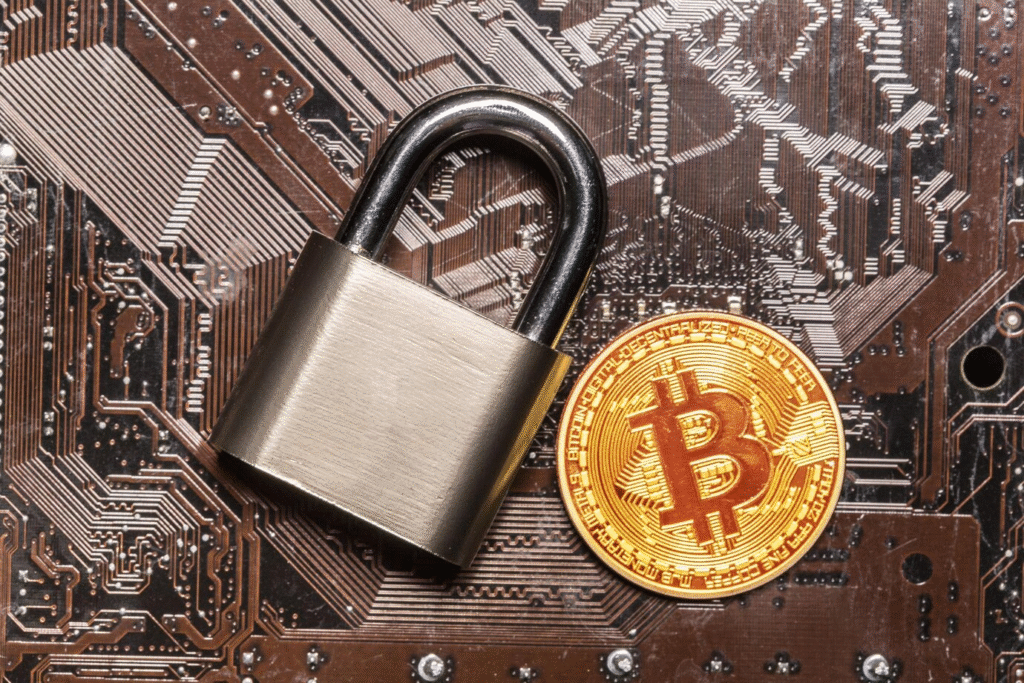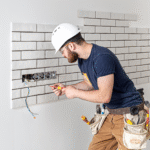As cryptocurrencies gain more popularity and worth, protecting your investments is more crucial than ever. With hackers, phishing attacks, and human mistakes posing to increase their powers, investors must be proactive in protecting their investments to maintain access simultaneously. The following five tips will help you achieve the proper balance of security and access to move safely and reliably in the crypto market:
Enable Multi-Factor Authentication (MFA)
Enabling multi-factor authentication (MFA) adds an extra hindrance between your assets and would-be attackers. Even a highly complex single password is no longer sufficient protection in today’s cyber threat landscape. MFA usually involves a second authentication mechanism that can function as a biometric scan, a cell phone auth app, or a one-time passcode sent to a method you control. The necessity of this second authentication method secures your accounts even if your credentials have been compromised in some way. Always use something like Authy or Google Authenticator, and never an SMS method, as it is more prone to being intercepted and is prone to SIM swapping.
Invest in a Secure and User-Friendly Wallet
The center of any safe crypto investment strategy is a secure wallet. There are two broad types of wallets: hot wallets, which are internet-enabled and online, and cold wallets, which are offline. For regular transactions, a stable browser-based add-on can offer convenience along with increased security. One effective option is to choose a reliable Solflare extension that supports advanced encryption while maintaining a clean, intuitive interface. If you are storing Solana-based tokens or NFTs, your wallet should employ non-custodial protocols, whereby you retain full control over your private keys. Also, always verify the source before downloading and don’t interact with unknown links.
Keep Backup Phrases Safe and Offline
Your crypto wallet seed phrase, often a string of 12 to 24 random words, is the master key to your cryptocurrency. To lose it is to lose money forever, and to leave it in vulnerable storage is to welcome thieves. Don’t leave it in cloud storage or email drafts; if you do, remember that’s a common target for phishing and malware exploits. Write it down on paper and keep it in a fireproof safe or a metal backup system made for preventing physical attacks. You can even break the phrase into smaller pieces and store them in all kinds of different places. Never share this phrase with any other parties, even those that are supposed to be valuable contacts, or customer support people who are supposed to be trusted.
Update Software Regularly and Monitor Permissions
Old software typically contains vulnerabilities that hackers can easily target. Keeping your wallet apps, extensions, and device operating systems updated ensures you benefit from the latest security patches. Outside of programs, you need to monitor what approvals you’ve made to decentralized applications (dApps). With time, most individuals lose track of what smart contracts they’ve authorized, opening wallets to lingering security vulnerabilities. Review your wallet’s connection history occasionally and revoke access to apps that you no longer use. Revoke.cash and such utilities can enable making it simple, offering a transparent view of active token approvals across networks.
Diversify Access Methods Without Compromising Safety
While centralizing access simplifies using crypto, it is also a point of failure. Instead, diversify your holdings by using multiple platforms, such as a cold wallet for long-term and a hot wallet for daily storage, bringing in multiple layers of security. Diversification should never come at the cost of simplicity, however. Make a written, encrypted access plan that can guide a trusted individual in a moment of crisis. Consider using a zero-knowledge password manager to store credentials, account locations, and wallet backups securely. This way, your funds will be accessible in the event of a lost device, forgotten password, or other unforeseen issue.
You will need an original, multi-step effort in order to secure your crypto assets and to keep them usable. From establishing a secure wallet to activating multi-factor authentication, each step multiplies the previous step to create more layers of security. If you correctly secure your backups, keep your software and operating system up to date, and manage access responsibly, you will prevent potential technical and human error from becoming the venue of loss of your digital assets. Where authority also equals responsibility, these are all necessary (not “nice to do”).





